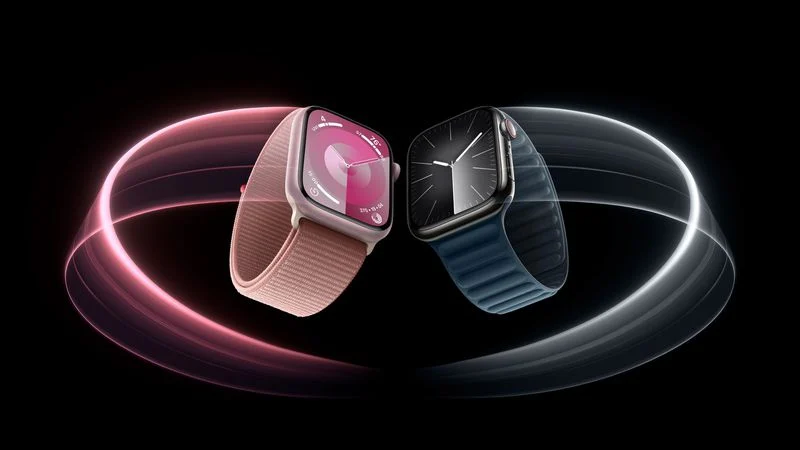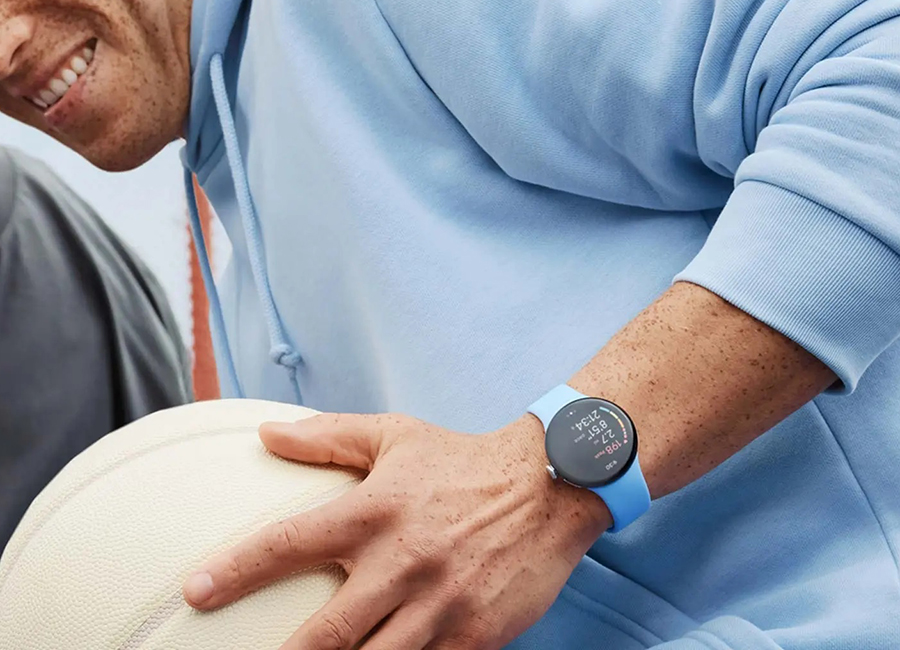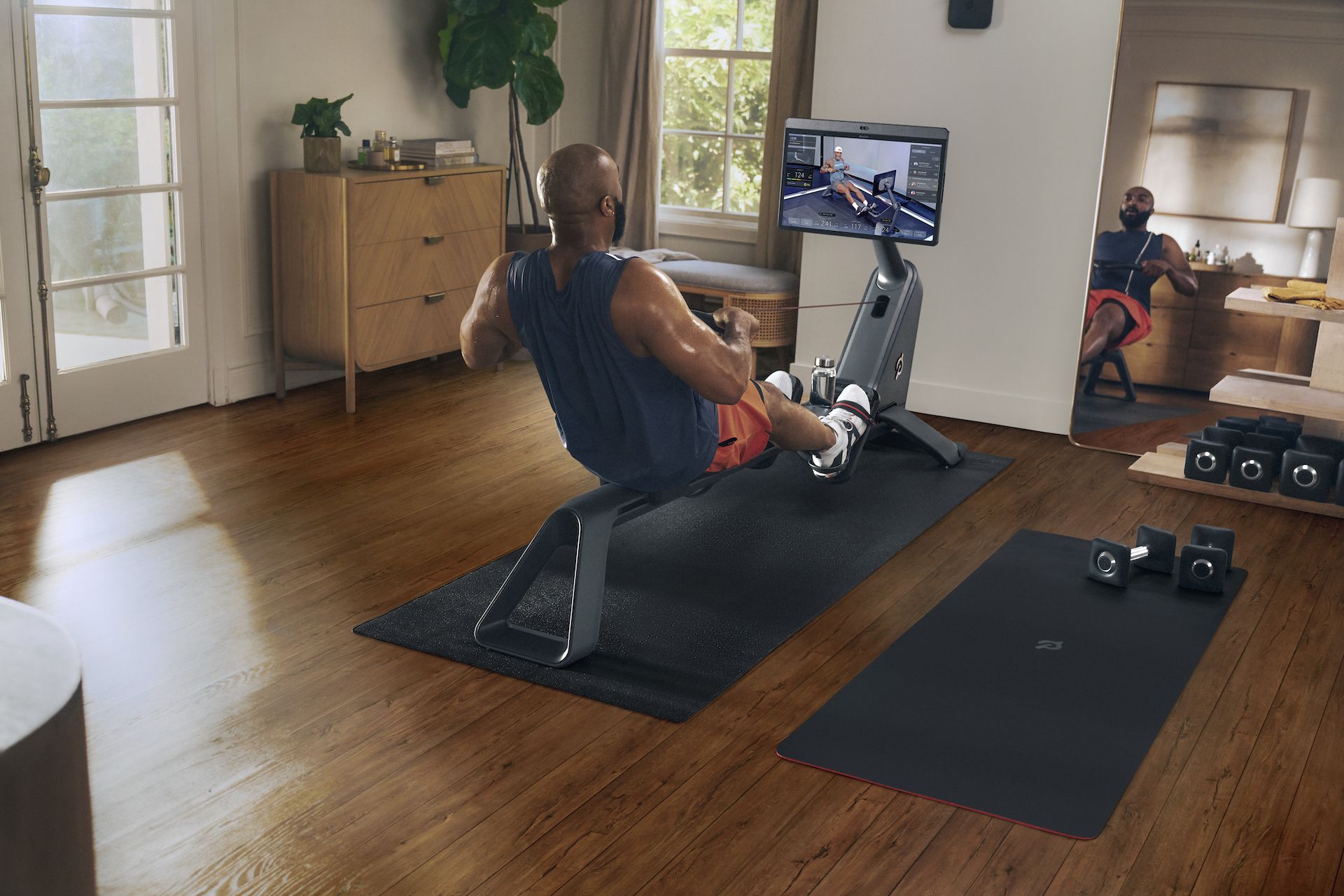From Wearables to Home Gear, the Latest Tech For Your Fitness Refresh

Photo: Ezra Shaw/Getty Images
Now that the new year is here, many of us vow to improve something about ourselves.
Perhaps 2024 is when you focus more on your physical health – such as eating healthier and being more active – and the good news is technology can help you achieve that goal.
In fact, there’s never been a better time to help keep you on track with fitness goals, thanks to new wearable devices, at-home high-tech fitness equipment and virtual classes.
The following are a few recommended devices to help you achieve results.
(And hey, don’t ignore your mental health, either, which we cover in this Zoomer article.)
Wild about Wearables
As you likely know, smartwatches are ideal for health and wellness as they’re loaded with sensors that cleverly monitor your activity, sleep, and any potential medical issues – and today’s models go well beyond just capturing your steps, distance, and estimated calories burned.
One popular option for iPhone owners is the Apple Watch Series 9 (from $549), packed with health and fitness features, including auto-tracking of all kinds of workouts, whether you’re merely walking around the block or partaking in Apple Fitness+ classes ($99/year, after three free months). Supporting up to five family members per subscription, Apple Fitness+ provides access to thousands of 4K video and audio workouts, led by expert trainers, from five to 45 minutes per session, which you can follow along with on a mobile device, Apple TV, or Mac while your wrist captures and displays all relevant data.

Exercises include walking, running, HIIT (high intensity interval training), strength training, yoga, Pilates, cycling, dance, rowing and more – even guided meditation – and each with music playlists. While most classes don’t require any equipment, for some you may need items like a yoga mat, dumbbells, an indoor cycling bike, a rowing machine or a treadmill. You can use any brand or price-point of equipment.
For heart health, an embedded ECG can detect unusually high or low heart rates or irregular heart rhythms (“arrhythmias”), plus there’s a blood oxygen monitor (“pulse oximeter”) to assess the amount of oxygen carried in the body by sending light into your wrist.
Apple Watch also has integrated fall detection, which can call emergency services and select contacts if it detects a sudden drop and you don’t confirm you’re okay. (Fall detection is also available on the less expensive Apple Watch SE, starting at $329.)
Android users, on the other hand, might opt for the more affordable Fitbit Sense 2 ($269.95) which also offers all-day health tracking – such as blood oxygen (SpO2) levels, ECG tracking and heart rate variability, and an EDA scan for stress management (which includes sensors that measure electrodermal responses on your skin).
The smartwatch also helps you understand your sleep quality with a personalized Sleep Score.
Fitbit Sense 2 includes six months of Fitbit Premium Membership ($12.99/month), for deeper, highly personalized health insights.
For additional features, Google Pixel Watch 2 (from $399) lets you set workout goals, get real-time feedback with pace training, track heart rate zones, and be notified when you move from one zone to another. As you might expect, there’s also Google AI built in, which compliments the new heart rate sensor, for more accurate reads (up to 40 per cent more precise tracking during vigorous workouts like HIIT, compared to the first Google Pixel Watch).

Other features include 24 hour battery life, an SMS emergency mode, fall detection and more.
Samsung’s Galaxy Watch6 (from $409) and Watch6 Classic (from $549) are also smart wellness wearables that offer style, water-resistance, advanced sleep coaching and a Samsung body analyzer that can track body composition based on weight, body fat, body mass index (BMI), skeletal muscle and more.
On a stricter budget? Fitbit Ace 3 ($79.95) and Fitbit Inspire 3 ($99.95) are more straightforward activity trackers, without most of the health monitoring and other bells and whistles. (Budget-conscious exercisers should also check out free fitness apps, websites and online videos, highlighted at the end of the section below).
High-Tech Home Gear
If you’d rather workout at home than join a gym, there are multiple options to suit your space, budget, and type of gear you’re interested in – such as exercise bikes, treadmills, rowing machines, ellipticals or weight training systems.
If you’ve got the budget, Peloton is building on the success of its Peloton Bike+ ($2,745) and Peloton Tread ($3,520) with Peloton Row ($3,845), the company’s first entry into rowing with a unique low-impact, full-body cardio and strength workout. Peloton says rowing is an “efficient” exercise as it works about 86 percent of muscles in as little as 15 minutes.
While you’re rowing with electronically controlled resistance on each stroke, follow along with personalized content, led by motivational instructors, via the Peloton Row’s 24-inch HD swivel screen. A feature called Form Assist provides calibrated on-screen feedback, based on real-time performance, for measuring progress, as well as delivering post-class analytics and takeaways. Another feature, Personal Pace Targets, leverages instructors’ cues to help members gauge intensity.
When you’re done, stow away the rower upright if you need the space.
Like Peloton Bike+ and Peleton Tread, Peleton Row also requires the $55/month Peloton All-Access Membership to access the full slate of content.
While home fitness behemoths like Peloton fuse video instructors with its exercise equipment, its popular Peloton App (now with multiple tiers, including a new free option) can be used with or without at-home hardware and can be accessed on several devices: iPhone, iPad, Android phones, Android tablets, Fire tablets, Android TV, Fire TV, Apple TV, Roku or the web.

The Peloton app membership offers access to thousands of live and on-demand classes, covering several workout types, including indoor cycling, running, walking, bootcamp, strength, yoga and outdoor (audio-only) classes, and curated music.
Similar to the abovementioned All Access membership, the Peloton App lets you see metrics and performance to keep you motivated, plus you can see other members taking the same class as you.
(Note: Peloton’s All Access membership gives you access to the Peloton app, at no extra charge, but not the other way around.)
Canada’s Lululemon has also kicked its way into home fitness.
When it’s off, it’s a mirror. When it’s on, Lululemon Studio ($995, plus $39/month for membership fee) is an interactive home gym that streams live and on-demand classes from top trainers. Designed to fit any room and transform two feet of wall space into your personal fitness studio, exercise categories include kickboxing, strength, yoga, cardio and Pilates.
For up to six household members, the service gives you access to more than 10,000 workouts, says Lululemon, including content from partners like Pure Barre, DOGPOUND, Y7 Studio, AARMY, Rumble and others.
Lululemon Studio recently partnered with Peloton, therefore All Access Members can now enjoy Peloton’s library of workouts alongside Lululemon Studio classes, through the Lululemon Studio Mirror (at no extra cost).
What’s more, you get 10 per cent off (almost) all Lululemon purchases.
If cash is tight, don’t forget about the many free YouTube videos by personal trainers and fitness instructors, as well as national fitness clubs that offer virtual workouts to follow along with at home (including Planet Fitness and GoodLife Fitness).
Popular video streaming platforms like Roku also dish up several hundred fitness (and mindfulness) channels to watch, many of which are free.
Other popular picks for live and/or on-demand fitness classes include apps like Daily Burn (Android and iOS), Nike Training Club, Obé Fitness (Android and iOS), Popsugar Fitness, Beachbody on Demand and Fitness Blender, to name a few.
RELATED:
Level Up Your Fitness: Skating Into Old Age